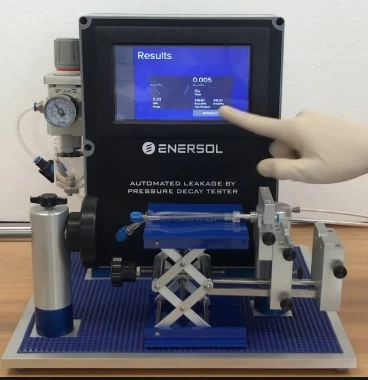What Is the Use of An Automated Pressure Leak Tester?
Automated Pressure leak tester is the most frequently used today. Its effortlessness makes it easy to automate and participate in production/assembly ...


Automated Pressure leak tester is the most frequently used today. Its effortlessness makes it easy to automate and participate in production/assembly ...

